04 Apr Bathroom Design for Home: 15 Tips and Essential Considerations
Bathroom design for home is a multifaceted task that requires attention to detail, functionality, and aesthetics. From layout to fixtures, every aspect plays a crucial role in bathroom design for home that is both practical and visually appealing. In this article, we’ll explore 15 essential considerations for bathroom design for home to ensure that it meets the needs and preferences of its users, whether you’re envisioning sleek modern styles, cosy traditional designs, or innovative small-space solutions.
1. Space Utilization
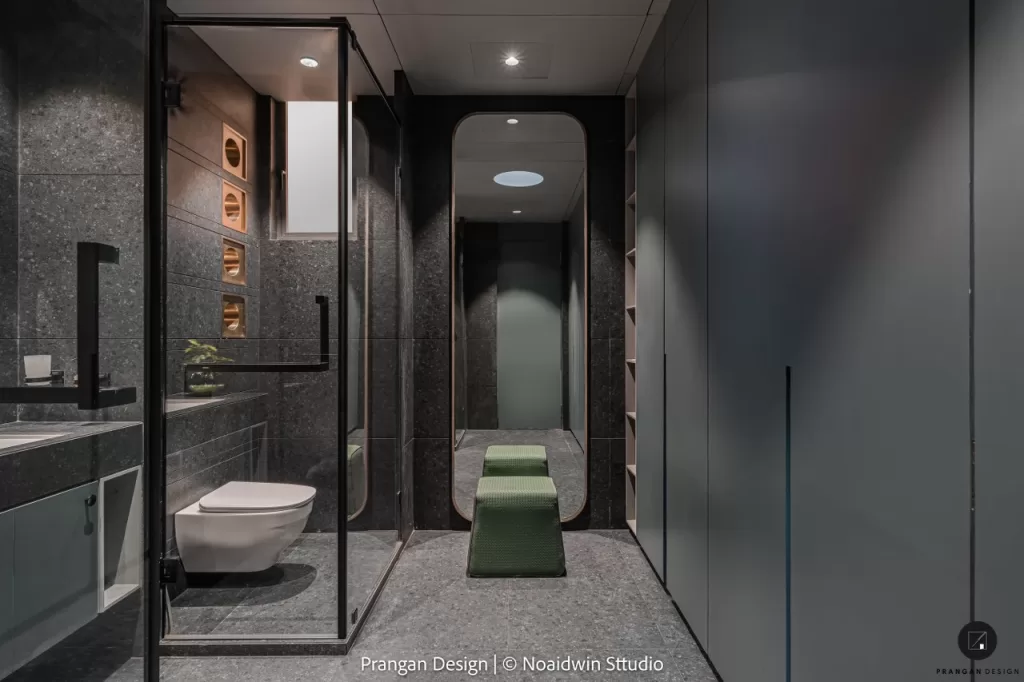
When optimizing space utilization in a bathroom, it’s essential to consider not only the physical dimensions but also the functional requirements of the users. For smaller bathrooms, space-saving fixtures like corner sinks, wall-mounted toilets, and compact vanities can maximize available space without sacrificing functionality.
In larger bathrooms, consider incorporating additional features such as a separate shower enclosure, a freestanding bathtub, or a designated makeup vanity area. By carefully planning the layout and selecting appropriately sized fixtures, you can create a bathroom that feels spacious and efficient, regardless of its size.
2. Layout Planning
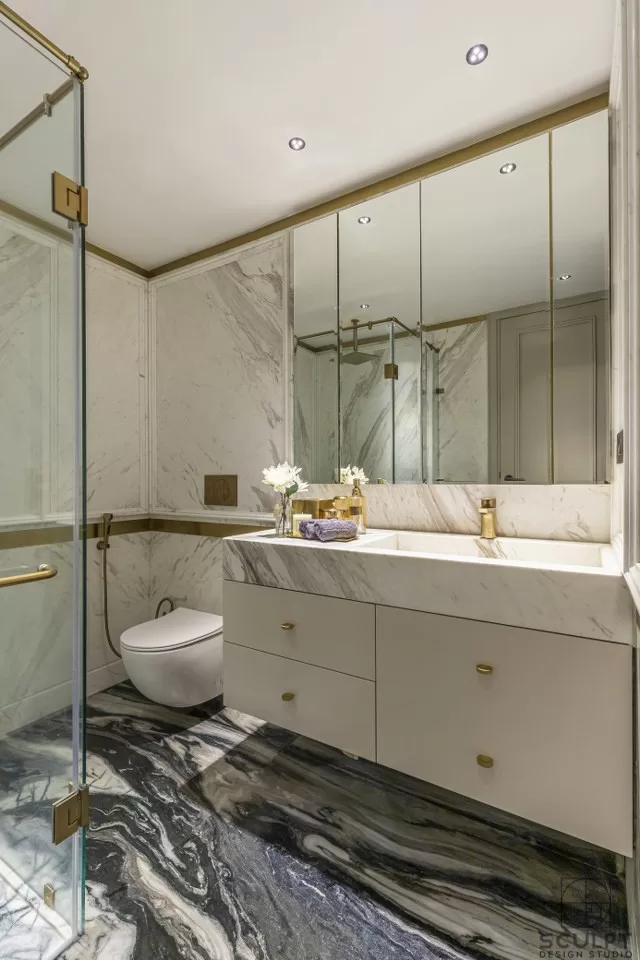
The layout of the bathroom plays a significant role in its overall functionality and user experience. When planning the layout, consider the natural flow of movement within the space and aim to minimize obstructions and congestion areas. Position the toilet and shower/tub in separate zones to provide privacy and convenience for multiple users.
Additionally, ensure that there is sufficient clearance around each fixture to allow for comfortable use and easy maintenance. By optimizing the layout to accommodate the specific needs of the users, you can create a bathroom that feels intuitive and well-designed.
3. Storage Solutions
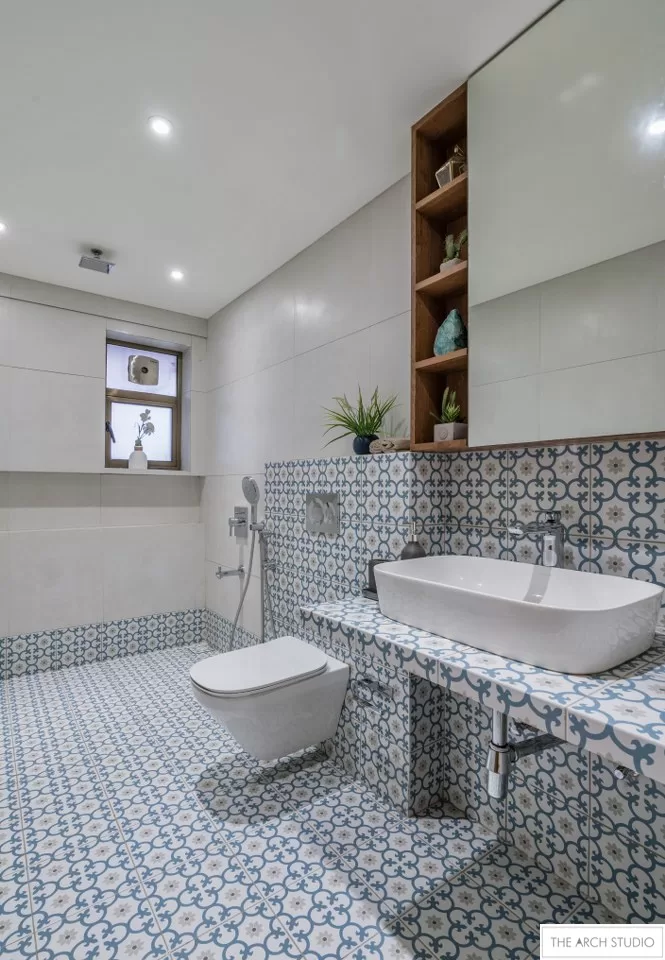
Effective storage solutions are essential for keeping the bathroom organized and clutter-free. In addition to traditional cabinetry and shelving, consider incorporating innovative storage solutions such as recessed niches, under-sink organizers, and towel racks with built-in shelves.
Utilize vertical space by installing tall cabinets or floating shelves above the toilet to maximize storage capacity without sacrificing floor space. Customizable storage options allow users to tailor the organization system to their specific needs and preferences, ensuring that everything has its place within the bathroom.
4. Lighting Design
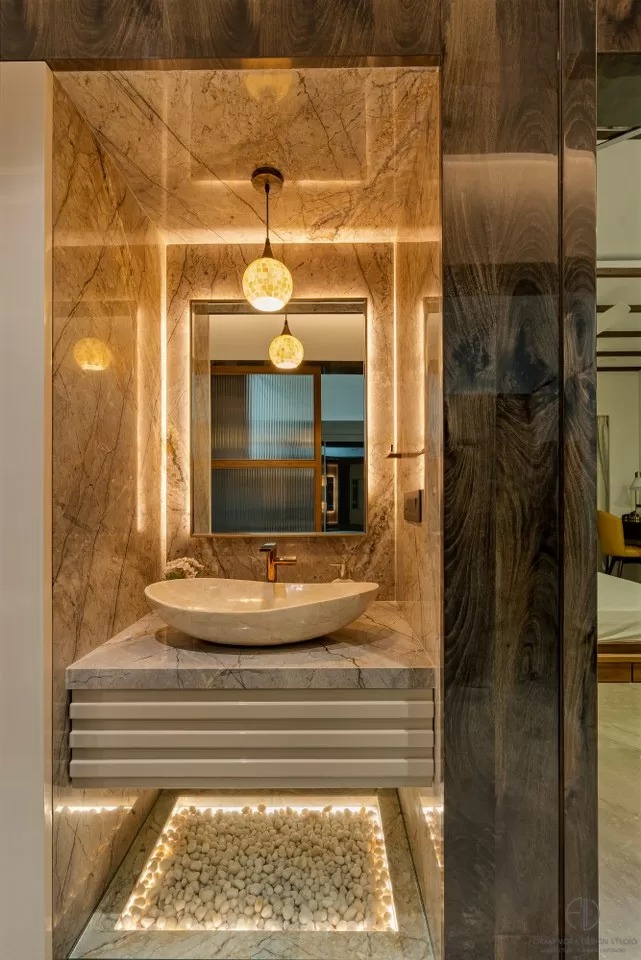
Lighting plays a crucial role in setting the mood and enhancing the functionality of the bathroom. In addition to overhead lighting, incorporate task lighting around the vanity mirror and shower area to provide adequate illumination for grooming tasks. Consider installing dimmer switches or smart lighting controls to adjust the intensity and colour temperature of the lighting according to the time of day and user preferences. Natural light can also be incorporated into the design through strategically placed windows or skylights, which not only brighten the space but also create a connection to the outdoors.
5. Ventilation
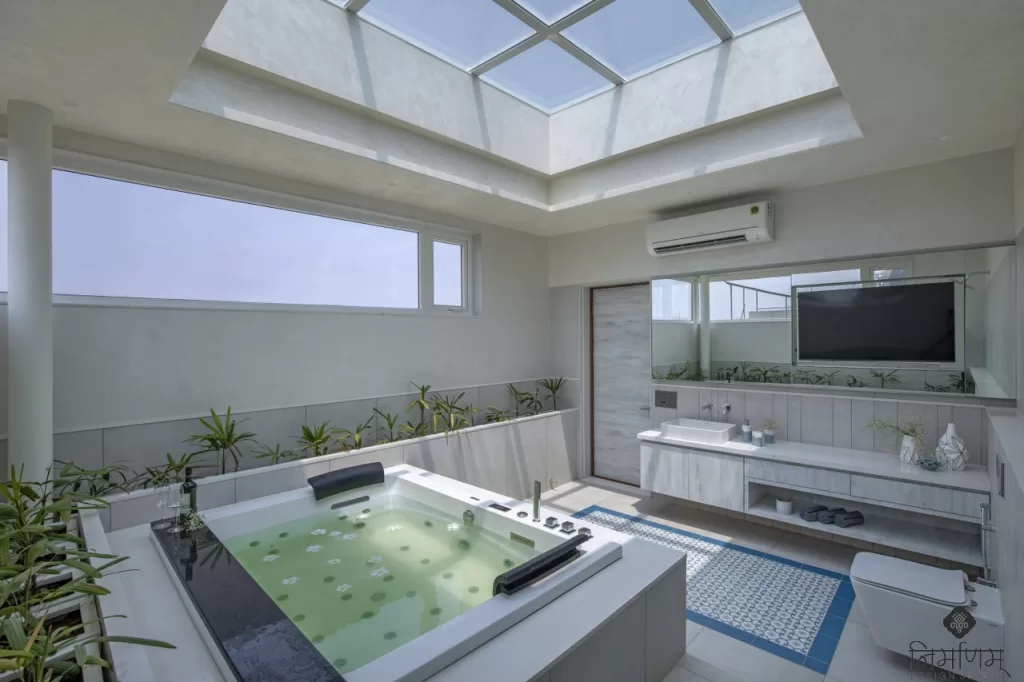
Proper ventilation is essential for maintaining air quality and preventing moisture-related issues such as mould and mildew growth. In addition to exhaust fans, consider installing operable windows or skylights to facilitate natural ventilation and airflow within the bathroom. Ensure that the ventilation system is appropriately sized and positioned to effectively remove excess moisture and odours from the space. Regular maintenance, such as cleaning or replacing air filters, can help ensure the optimal performance of the ventilation system and promote a healthy indoor environment.
6. Flooring
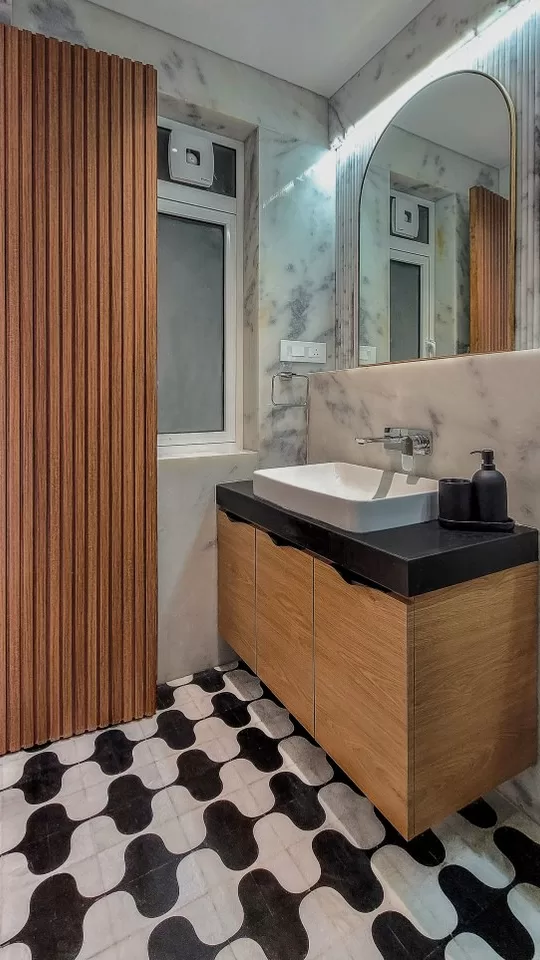
When selecting flooring materials for the bathroom, prioritize durability, water resistance, and slip resistance. Ceramic tile is a popular choice for bathroom floors due to its versatility, ease of maintenance, and wide range of design options. Porcelain tile is another excellent option that offers superior water resistance and durability, making it ideal for high-traffic areas such as the bathroom.
Other options to consider include vinyl, laminate, and natural stone, each of which offers unique benefits in terms of aesthetics and performance. Regardless of the material chosen, proper installation and sealing are essential to ensuring long-term durability and water resistance.
7. Wall Finishes
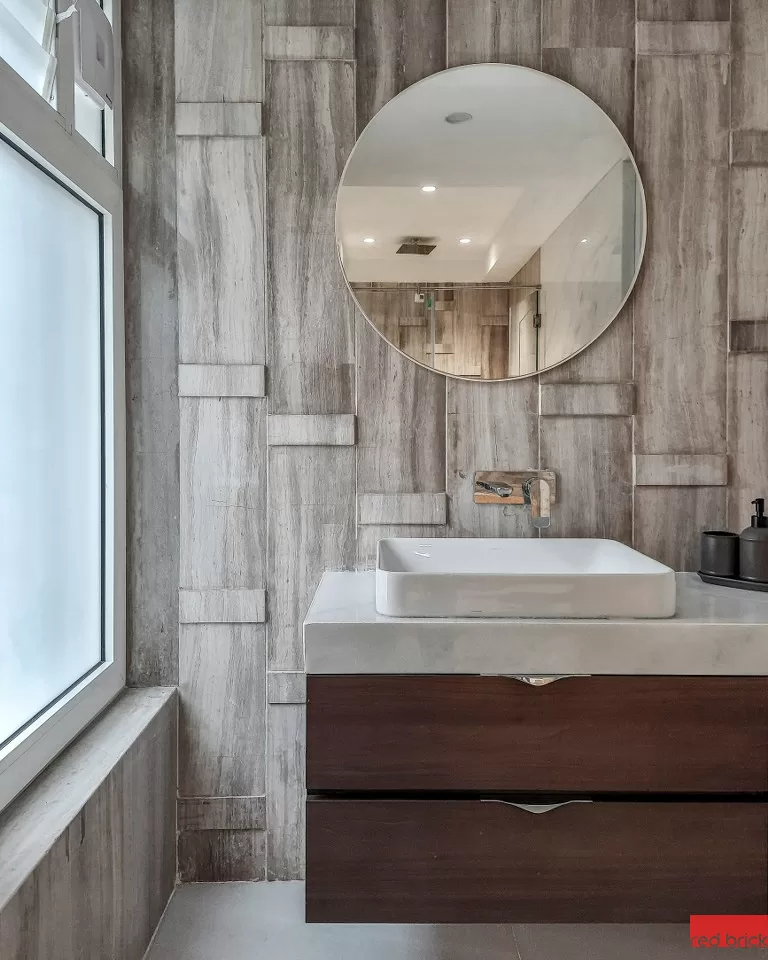
Choose wall finishes that are both aesthetically pleasing and practical for the bathroom environment. Tile is a versatile option that can be used to create a wide range of looks, from sleek and modern to rustic and traditional. Consider using mosaic tile accents or decorative borders to add visual interest and texture to the walls. Waterproof paint is another popular choice for bathroom walls, offering durability and easy maintenance while allowing for endless colour options.
For a luxurious touch, consider incorporating natural stone or decorative wall panels that mimic the look of marble or granite. Whichever option you choose, ensure that it is properly sealed to prevent water damage and mould growth.
8. Fixture Selection
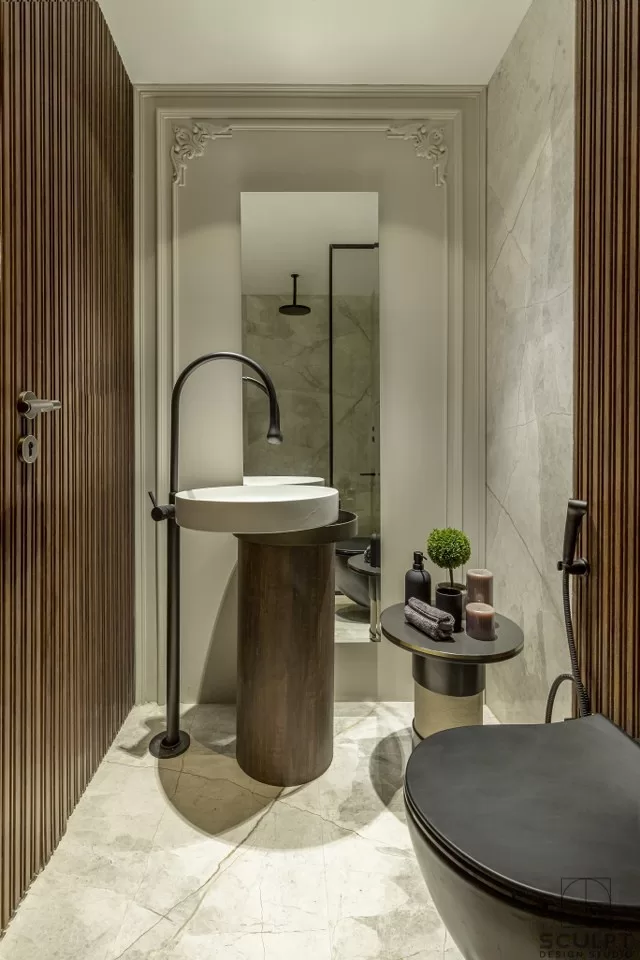
Investing in high-quality fixtures is essential for both aesthetic and functional reasons. When selecting fixtures such as faucets, showerheads, and toilets, consider factors such as durability, water efficiency, and ease of maintenance. Choose finishes that complement the overall design scheme of the bathroom, whether it’s sleek chrome, warm brushed nickel, or luxurious oil-rubbed bronze.
Look for fixtures with features such as low-flow aerators, adjustable spray settings, and easy-clean surfaces to enhance usability and conserve water. Additionally, consider the placement of fixtures to optimize functionality and convenience for the users, such as installing a handheld showerhead for added versatility or a wall-mounted faucet to free up counter space.
9. Accessibility
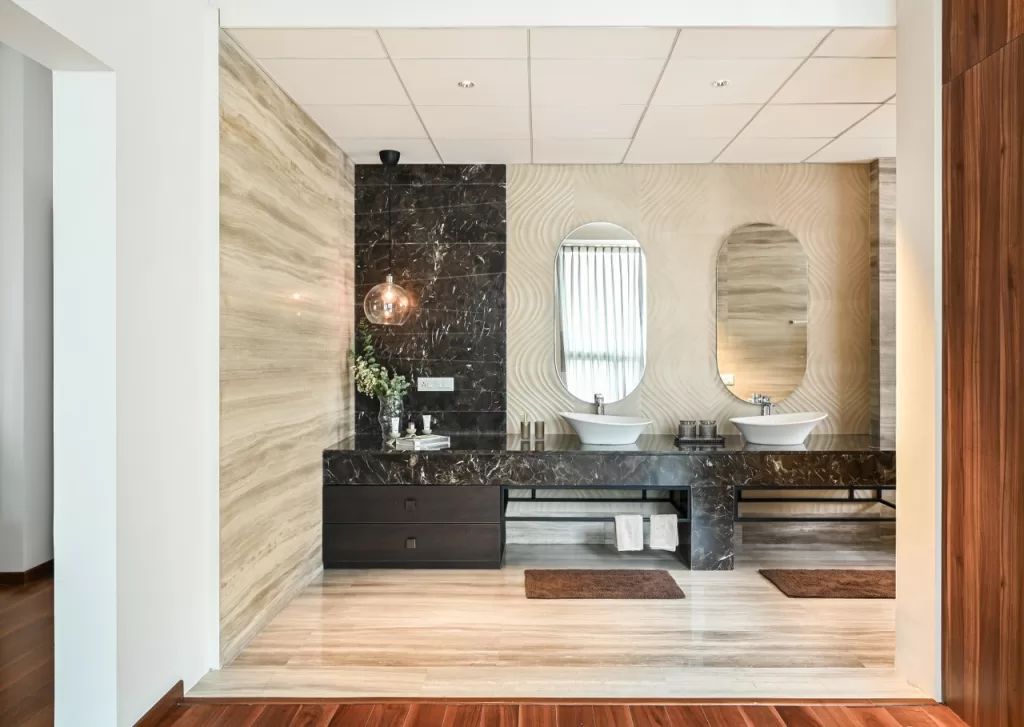
Incorporating accessibility features into the bathroom design ensures that it can be used safely and comfortably by individuals of all ages and abilities. Install grab bars near the toilet, shower, and bathtub to provide support and stability for users with mobility challenges. Choose slip-resistant flooring materials and low-threshold shower bases to reduce the risk of slips and falls, particularly for older adults or individuals with disabilities.
Consider installing a curbless shower or a walk-in bathtub for easier access and improved safety. Additionally, ensure that doorways and passageways are wide enough to accommodate mobility aids such as wheelchairs or walkers, and consider incorporating features such as adjustable-height countertops and toilets to accommodate users of varying heights.
10. Privacy Considerations

Privacy is an essential consideration in any bathroom design, particularly in multi-user households or shared living spaces. Ensure that doors, windows, and partitions are positioned to provide adequate privacy for users, particularly in areas such as the toilet and shower. Consider installing frosted or textured glass for windows or shower enclosures to obscure the view while allowing natural light to filter through.
Window treatments such as blinds or shades can also provide privacy when needed while adding a decorative touch to the space. Additionally, consider the placement of fixtures and accessories to ensure that they do not compromise privacy, such as positioning the toilet out of direct line of sight from the doorway or installing a privacy screen around the bathtub.
11. Water Efficiency
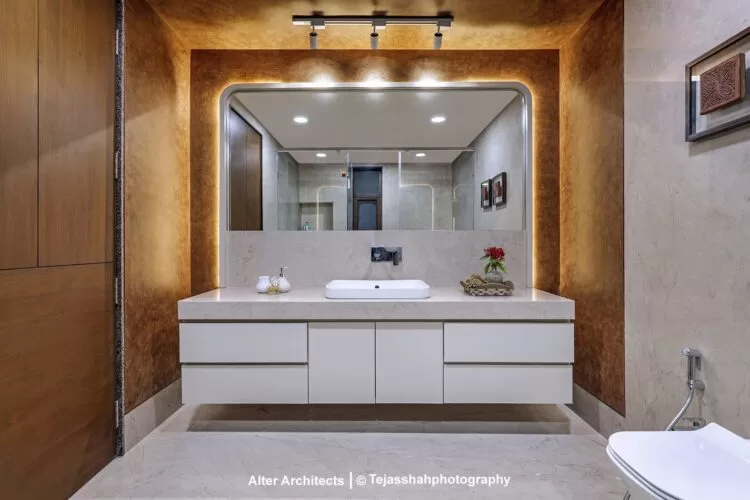
Water efficiency is an increasingly important consideration in bathroom design, both for environmental reasons and to reduce utility costs. Choose fixtures and appliances that are certified by organizations such as WaterSense for their water-saving capabilities, such as low-flow toilets, aerated faucets, and water-efficient showerheads. Consider installing a dual-flush toilet that allows users to choose between a full flush and a half flush, depending on their needs.
Additionally, consider incorporating features such as motion-sensor faucets or automatic shut-off valves to minimize water waste. By prioritizing water efficiency in the bathroom design, you can reduce water consumption and lower utility bills without sacrificing performance or convenience.
12. Design Cohesion
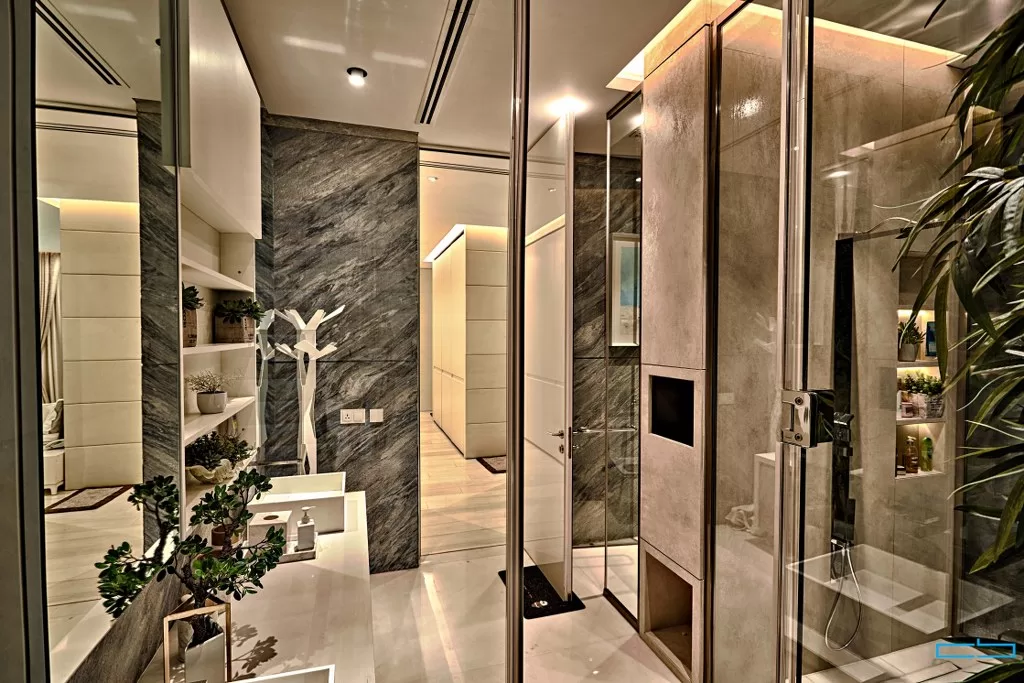
Creating a cohesive design scheme ties together the various elements of the bathroom to create a harmonious and visually appealing space. Start by selecting a cohesive color palette that complements the overall style and mood of the bathroom, whether it’s a soothing spa-like retreat or a bold and dramatic statement. Coordinate materials and finishes such as tile, countertops, and cabinetry to create a cohesive look that flows seamlessly from one area to the next.
Consider incorporating elements of symmetry and balance in the design, such as matching fixtures or mirrored vanities, to create a sense of harmony and order. Additionally, use accessories such as towels, rugs, and artwork to add pops of colour and personality that tie the design together.
13. Smart Technology
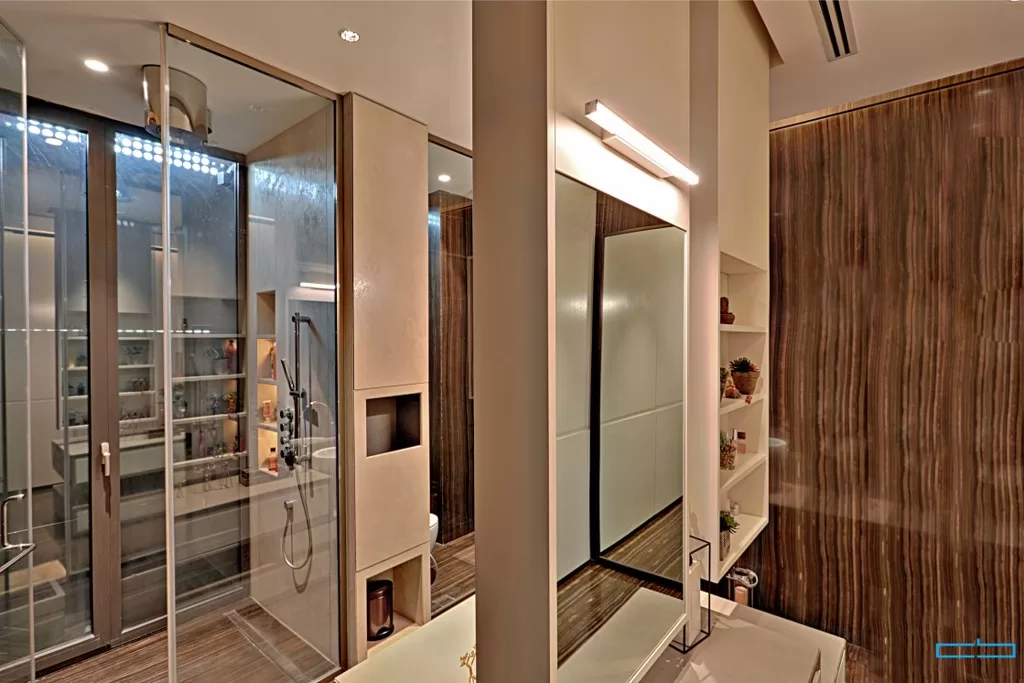
Integrating smart technology into the bathroom design can enhance convenience, comfort, and efficiency for users. Consider features such as motion-activated lighting, smart mirrors with built-in LED lighting and touchscreen controls, and voice-activated assistants for hands-free operation of fixtures and appliances. Install a programmable thermostat to regulate the temperature of heated floors or towel warmers, ensuring optimal comfort year-round.
Additionally, consider incorporating smart water monitoring systems that alert users to leaks or excessive water usage, helping to prevent water damage and conserve resources. By embracing smart technology in bathroom design, you can create a modern and luxurious space that enhances the user experience.
14. Green Building Practices
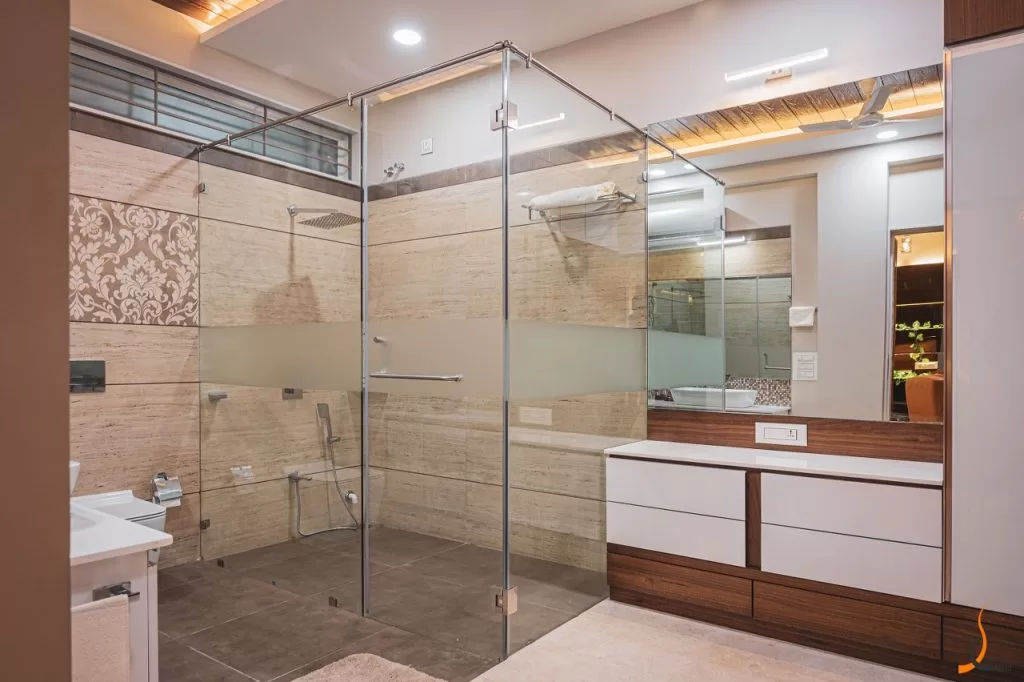
Incorporating green building practices into the bathroom design can help reduce the environmental impact of the project and promote sustainability. Choose sustainable materials such as bamboo, cork, or reclaimed wood for flooring, cabinetry, and countertops, which are renewable and have minimal environmental impact. Opting for low-VOC paints and finishes to improve indoor air quality and minimize off-gassing of harmful chemicals.
Consider installing energy-efficient fixtures and appliances, such as LED lighting, low-flow toilets, and tankless water heaters, to reduce energy consumption and lower utility costs. Additionally, incorporate passive design strategies such as maximizing natural light and ventilation to reduce the need for artificial lighting and mechanical cooling. By prioritizing green building practices in the bathroom design, you can create a space that is both eco-friendly and aesthetically pleasing.
15. Personalization
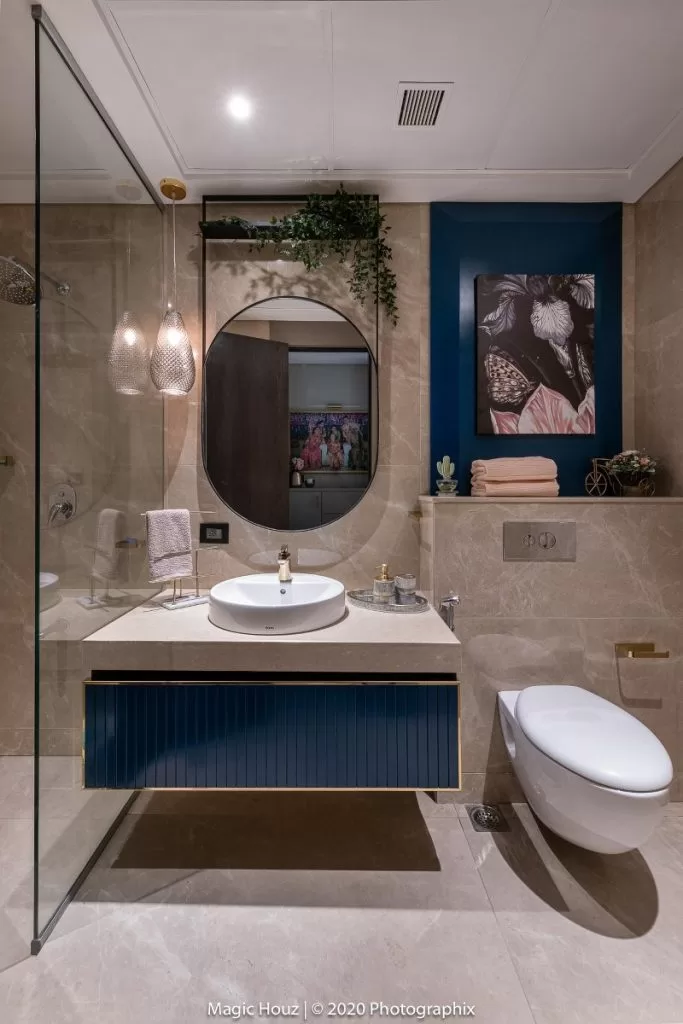
Personalizing the bathroom design allows users to create a space that reflects their unique tastes, preferences, and lifestyle. Incorporate elements such as custom cabinetry, decorative tilework, and unique fixtures to add personality and character to the space. Consider incorporating personal touches such as family photos, artwork, or heirloom pieces that hold sentimental value and create a sense of connection to the space.
Additionally, involve users in the design process to ensure that the final result meets their needs and preferences, whether it’s a luxurious spa retreat or a functional family bathroom design for home. By embracing personalization in bathroom design, you can create a space that feels truly tailored to the users’ lifestyle and tastes.
Conclusion
Designing a bathroom that meets the needs and preferences of its users requires careful consideration of a wide range of factors, from space utilisation to personalization. By incorporating these 15 essential design considerations into the planning process of bathroom designs for home, you can create a space that is both functional and aesthetically pleasing. From optimising space utilisation and layout planning to selecting fixtures and finishes that reflect the users’ style and personality, each aspect plays a crucial role in shaping the overall bathroom design for home.
By prioritizing functionality, comfort, and sustainability, you can create a bathroom design for home that is not only beautiful and inviting but also practical and efficient for everyday use. Whether it’s a small powder room or a luxurious master suite, the key to successful bathroom design lies in thoughtful planning, attention to detail, and a focus on creating a space that enhances the user experience.
Content Writing And Research By: Ar. Priyadarrshini Karthik
The post Bathroom Design for Home: 15 Tips and Essential Considerations appeared first on The Architects Diary.




No Comments